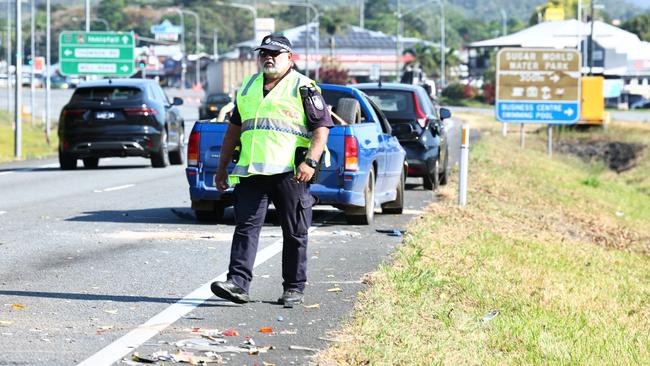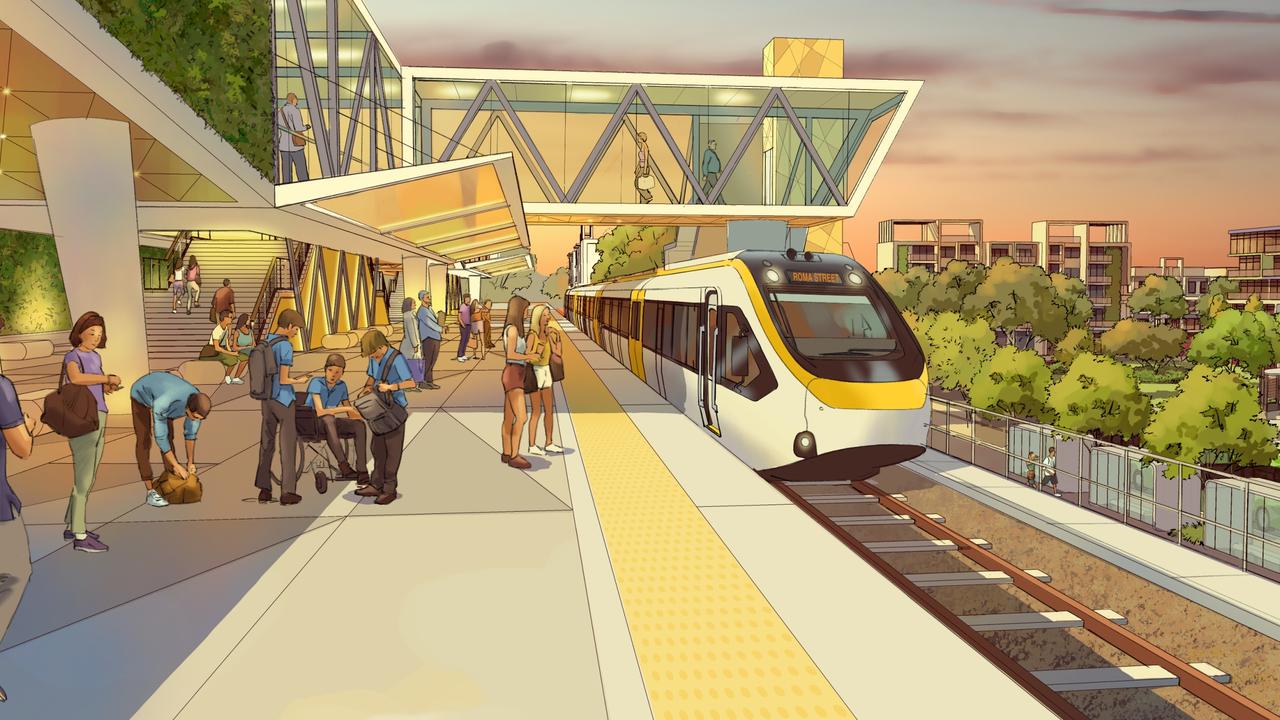Bruce Hwy fatal crashes: Most occur on stretches rated low for safety
More than half of the fatal road crashes on the Bruce Highway last year were on parts of the road that failed basic safety measures, it can be revealed.

QLD News
Don't miss out on the headlines from QLD News. Followed categories will be added to My News.
More than half the fatal road crashes on the Bruce Highway last year were on parts of the road that failed basic safety measures, it can be revealed.
A total of 43 people died in 35 crashes on the 1697km Bruce Highway in 2024, almost a 40 per cent increase than the annual five-year average of 31.
It can now be revealed 19 out of the 35 fatal crashes were on a one or two-star-rated road on the Australia Road Assessment Program (AusRAP) five-star safety rating scale.
The Courier-Mail’s Help Our Highway campaign, which launched in April, showed almost half the Bruce Hwy failed basic safety ratings.
Just 10 per cent was assessed as extremely safe, with sections in regional Queensland the worst danger zones.
On Monday the federal and state government committed $9bn to lifting the entire road to a minimum three-star rated road.
Australian Automobile Association managing director Michael Bradley said it was not surprising so many crashes on the Bruce Highway happen on a road where 40 per cent of it rated one or two stars.
“AusRAP says that when you invest in road improvements that increase a road’s safety rating by one star, you halve the chances of people being killed or seriously injured,” he said.
“Improving the Bruce Highway safety ratings from two stars to three will save thousands of lives over coming decades.
“Data doesn’t lie.
“When state and territory governments seek federal funding for major road projects, they should be required to produce an up-to-date AusRAP safety rating analysis so Australians can see whether politicians are making good decisions based on evidence.”
RACQ Traffic and Safety engineering manager Greg Miszkowycz said the road design of the star rating played a role in the frequency and severity of crashes.
“What research shows is that for every increase in star rating it’s estimated that the cost of fatal and serious injury crashes can be reduced by about 50 per cent,” he said.
“ So that correlates crashes to your dangerous infrastructure and proves that where you do build safer roads with safer design features such as barriers, wide lanes overtaking lanes, you do get fewer crashes and lower severity crashes.
Mr Miszkowycz said a one to two star road has high speed, undivided roads, trees or other objects in the way.
“They’re undivided so there’s a high risk of head on crashes and they often have poor surface quality or poor line markings on winding roads or have dangerous intersections without turning lanes for instance,” he said.
Based on RACQ’s analysis of crashes on the Bruce Highway, the highest risk section is in the Wide Bay area, north of Gympie to Childers and Gin Gin, and North and South of Mackay, as well as between Townsville and Cairns.
“They are the sections that show high fatal and serious injury crash rates,” he said.
“They also have significant lengths of two star ratings for infrastructure safety.
“They’re compelling candidates for investment in safety improvements such overtaking lanes widening, surface improvements, safety barriers.”
Originally published as Bruce Hwy fatal crashes: Most occur on stretches rated low for safety



